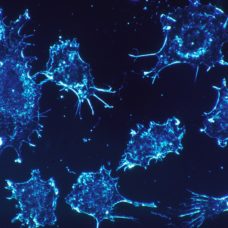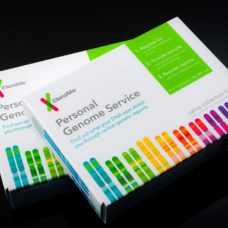Homo sapiens once had Homo Neanderthalensis (Neanderthal) blood running through their veins. Numerous genes they shared with their cousin species were erased over the course of time and evolution. A new study reveals how selection pressure deleted many Neanderthal genes from the modern human genome.
The Neanderthal lived in Europe and Asia for nearly 200,000 years and became extinct about 30,000 years ago. The osseous remains that have been found suggest that the physiognomy and anatomy of the Neanderthals were quite different from those of modern humans. We imagine them as rough and muscular brutes, but recent discoveries reveal that they left an indelible trace on the genes of people of non-African descent, and as a result boosted their immune systems.
“The common assumption is that early Homo sapiens, because of their larger population and stronger gene pool, were more adaptable than their Neanderthal cousins.”
How did Neanderthal DNA Show up in Modern Human Genome?
European Homo sapiens have 4% Neanderthal genes in their DNA after natural selection gradually pruned many of the genes away. A team of researchers at the University of California at Davis, led by Ivan Juric, investigated the extent to which Neanderthal genetic heritage was subject to natural selection in the genome of modern humans.
The new study, published in PLOS Genetics journal, showed how the Europeans took advantage of the cohabitation between Homo sapiens and their Neanderthal cousins.
The cohabitation of the two species must have taken place about 47,000 to 65,000 years ago when humans left the African continent and spread to Europe and Asia. There they encountered the Neanderthals. During this period, interbreeding occurred between the closely related species. Nevertheless, as Neanderthal populations dwindled and Homo sapiens continued to adapt more readily to the environment, a large part of the inherited Neanderthals genetic material disappeared through natural selection.
Strength in Numbers
Weak gene variants could not be eliminated in Neanderthal populations due to their small size and lack of diversity. Conversely, these weaker genes had no chance to survive in the populous Homo sapien DNA, as plentiful genetic diversity allowed for stronger genes to take precedent.
Juric’s team concluded that specific Neanderthal genes present in Homo sapien DNA were not replaced as quickly as they could have been. Instead, there was a weak, wide-spread selection process against disadvantageous gene sequences, which were slowly removed from the genome of modern humans over time.
The population sizes of the two species explain a gradual disappearance of Neanderthal genetic material. Harmful and disadvantageous genes could survive in the small and confined Neanderthal population, whereas they were weeded out by stronger genes in Homo sapiens.
“Selection is more efficient at removing deleterious variants in large populations,” says Ivan Juric.
This large-scale genetic household enabled modern humans to purge their genome of alleles correlated to adverse health effects for more robust gene variants. This study also confirms why people from East Asia had more Neanderthal variants than Caucasians. Yet, some Neanderthal genes still survive and explain the development of certain pathologies. For example, the gene which regulates blood coagulation was inherited from Neanderthals. Thickening blood meant faster healing. In modern times, though, this can be linked to harmful blood clots and a higher risk of stroke.
Early Modern Humans
Experts are divided over whether Neanderthals were a separate species or a sub-species of Homo sapiens. However, they do know that the two species co-existed until all of the Neanderthals died out.
The common assumption is that early Homo sapiens, because of their larger population and stronger gene pool, were more adaptable than their Neanderthal cousins. This allowed early modern humans to out-compete their cousins for food and shelter.



















Comments (0)
Most Recent